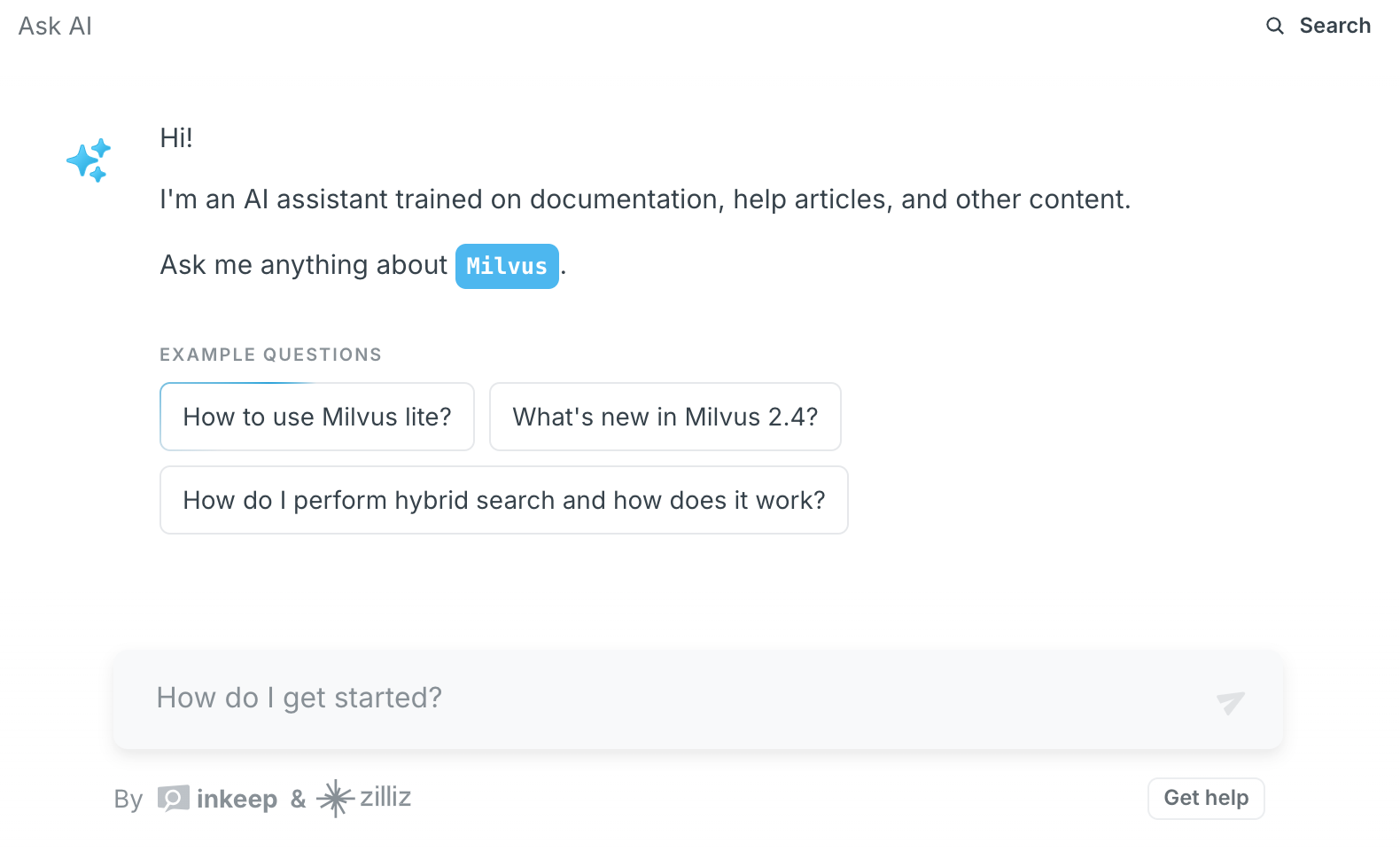The size and type of model used in a RAG pipeline directly impact how the retriever and generator components are configured, as well as the trade-offs between accuracy, efficiency, and resource usage. Larger models like GPT-3 or GPT-4 can process longer context windows and synthesize information from multiple documents more effectively, while smaller open-source models (e.g., LLaMA-7B or Mistral-7B) require tighter optimization of retrieved content due to context limits and weaker reasoning capabilities. This affects document retrieval strategies, preprocessing steps, and evaluation metrics.
Model Capacity and Context Handling Larger models typically have longer context windows (e.g., 16k-128k tokens for GPT-4) and can retain more retrieved documents without truncation. For example, GPT-3.5’s 16k token window allows feeding 5-10 lengthy documents directly into the prompt, whereas a 4k-token LLaMA model might only handle 2-3 condensed documents. Smaller models may require document summarization or filtering to avoid exceeding context limits. Additionally, larger models better handle noisy or redundant information—if the retriever fetches 10 partially relevant documents, GPT-4 can still extract key insights, while a 7B-parameter model might produce inconsistent answers. This means pipelines for smaller models often include a re-ranker step to prioritize the most relevant documents before generation.
Retriever Configuration and Optimization The retriever’s design depends on the generator’s ability to compensate for retrieval errors. With a smaller model, the retriever must achieve higher precision to minimize irrelevant content. For example, a pipeline using LLaMA-7B might combine a dense vector search (e.g., using FAISS) with a cross-encoder re-ranker to ensure the top 3 documents are highly relevant. In contrast, a GPT-4 pipeline could skip re-ranking and retrieve 10 documents via BM25 keyword search alone, relying on the model’s robustness to noise. Smaller models also benefit from iterative retrieval—querying multiple times with refined search terms—to compensate for weaker reasoning. This increases latency but improves accuracy, creating a measurable trade-off between response time and answer quality.
Metrics to Evaluate Differences Key metrics include answer accuracy (via benchmarks like TruthfulQA or custom human evaluations), retrieval precision/recall, and operational costs. For example, a GPT-4 pipeline might achieve 85% accuracy with 8 documents, while LLaMA-7B reaches 75% accuracy even with 12 documents due to context truncation. Smaller models may show diminishing returns when increasing document count beyond their context window, which can be measured by plotting accuracy vs. retrieved document count. Latency is another critical metric: GPT-4’s API costs and slower response times (e.g., 5 seconds per call) might make a LLaMA-7B pipeline with 2-second local inference preferable despite lower accuracy. Developers should also track GPU memory usage—smaller models like Phi-3 can run on consumer hardware, while larger models require expensive infrastructure. These metrics help teams decide whether to prioritize model capability or cost-efficiency based on use-case requirements.
